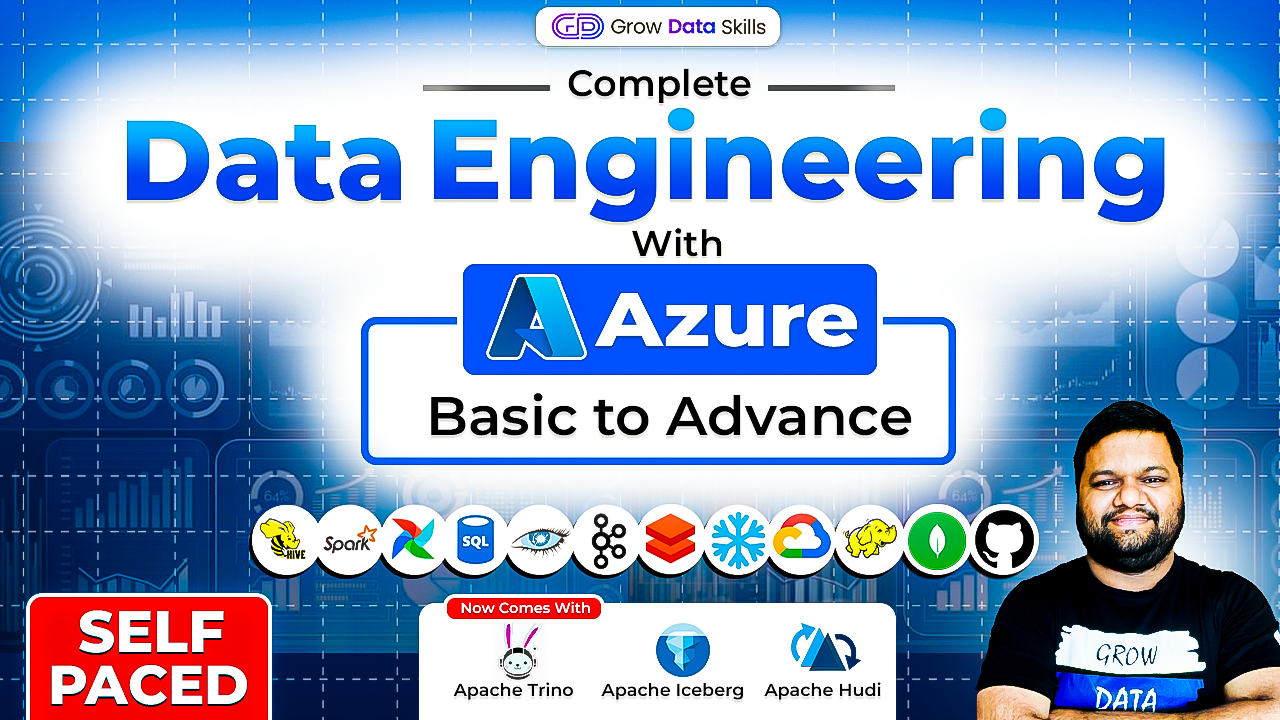In the evolving landscape of data engineering, the tools we use to transform, clean, and prepare data have become as diverse as the data itself. Among these tools, DBT (Data Build Tool) has gained significant traction, positioning itself as a modern alternative to traditional ETL (Extract, Transform, Load) tools. But how does DBT stack up against these established solutions? In this blog, we’ll dive into the key differences, benefits, and use cases to help you determine which tool is right for your data pipeline.
What is DBT?
DBT, or Data Build Tool, is an open-source command-line tool that enables data analysts and engineers to transform data in their data warehouses.
Key Features of DBT:
1. SQL-Centric: DBT allows users to write transformation logic using SQL, which makes it accessible to data analysts and engineers who are already familiar with SQL.
2. Version Control: DBT integrates with version control systems like Git, allowing for collaborative development
3. Modularity:* DBT encourages modularity by allowing users to break down complex transformations into smaller models.
4. Testing and Documentation: DBT includes built-in testing and documentation features, ensuring that your data models are well documented.
What are traditional ETL tools?
Traditional ETL tools, such as Talend, and Apache Nifi are typically used in more complex data environments where data is being pulled from various sources, transformed according to complex business logic, and loaded into different destinations.
Key Features of Traditional ETL Tools:
1. End-to-End Processing: Traditional ETL tools handle the entire data pipeline, from extraction to transformation to loading.
2. Graphical Interfaces: Many ETL tools offer a drag-and-drop interface, making it easier for non-technical users to design workflows.
3. Complex Transformation Capabilities: These tools are designed to handle complex data transformations and can process large volumes of data.
4. Scalability: Traditional ETL tools are built to scale and can handle enterprise-level data processing needs.
DBT vs. Traditional ETL Tools
1. Focus on Transformation
- DBT: As mentioned earlier, DBT is specifically focused on the transformation step within the data pipeline. It assumes that your data is already in the warehouse and focuses on transforming that data into models that can be easily queried and used for analysis.
- Traditional ETL Tools: These tools manage the entire process, from extraction to loading. They are ideal for environments where data needs to be pulled from various sources, transformed, and then loaded into multiple destinations.
2. Ease of Use
- DBT: DBT’s SQL-centric approach makes it easy for data analysts and engineers who are already familiar with SQL to pick up and start using.
- Traditional ETL Tools: Many ETL tools provide a graphical user interface, making it easier for non-technical users to design and manage data pipelines.
3. Collaboration and Version Control
- DBT: DBT integrates with Git, allowing for robust version control and collaboration.
- Traditional ETL Tools: While some traditional ETL tools offer version control, it’s often not as seamless or integrated as DBT’s Git-based approach.
4. Deployment and Maintenance
- DBT: DBT is relatively lightweight and easy to deploy, especially in cloud environments.
- Traditional ETL Tools: These tools can be more complex to deploy and maintain, particularly in on-premise environments.
5. Cost
- DBT: DBT is open-source, which can be a significant cost advantage. However, if you require additional features such as a hosted environment, you might consider DBT Cloud, which comes with a subscription cost.
- Traditional ETL Tools: Traditional ETL tools often come with licensing fees, which can be substantial depending on the scale of your operations.
When to Use DBT?
DBT is an excellent choice if:
- You are working primarily with data that’s already in your data warehouse.
- Your team is comfortable with SQL and prefers a code-first approach.
- You want to leverage version control and collaborative development.
- You need a lightweight, scalable solution that’s easy to deploy in a cloud environment.
When to Use Traditional ETL Tools?
Traditional ETL tools might be more suitable if:
- You need to handle the entire ETL process, including extracting data from various sources.
- Your data environment is complex, with multiple sources and destinations.
- You prefer a graphical user interface for designing and managing data workflows.
- You require a tool that can scale to enterprise-level data processing needs.
Conclusion:
Both DBT and traditional ETL tools have their strengths and are suited to different use cases. DBT’s focused approach to transformation, combined with its SQL-centric, version-controlled environment, makes it an excellent choice for modern, cloud-based data pipelines. On the other hand, traditional ETL tools remain invaluable for more complex data environments that require robust extraction, transformation, and loading capabilities.





Blog liked successfully
Post Your Comment